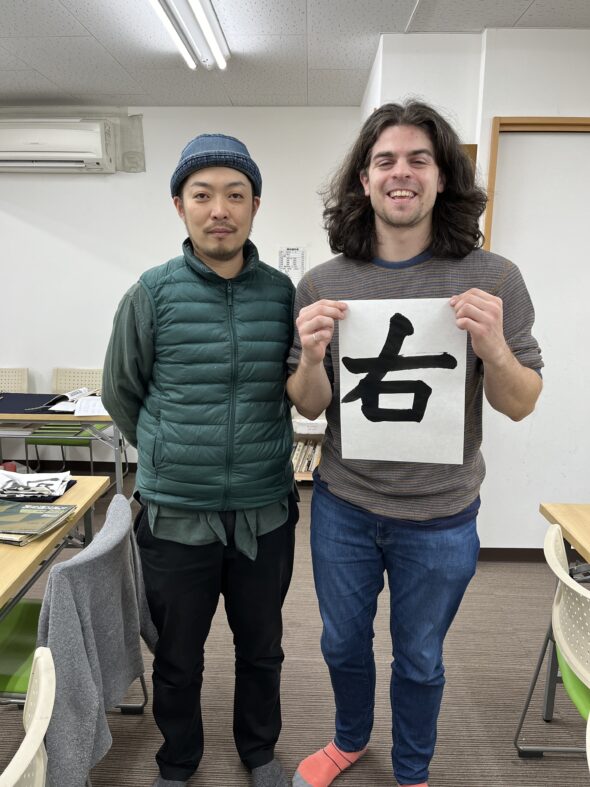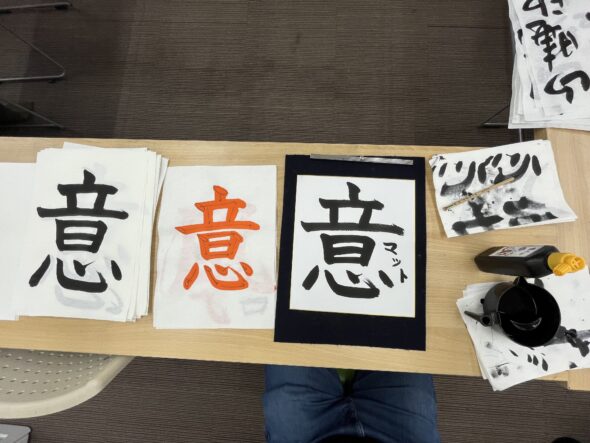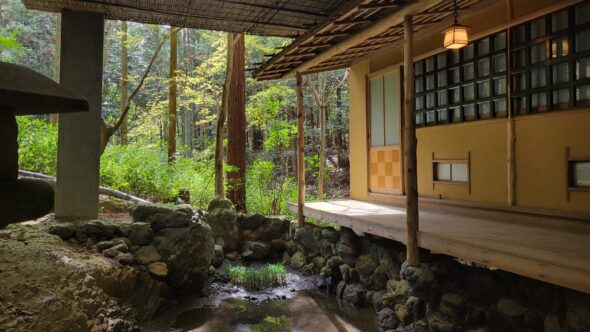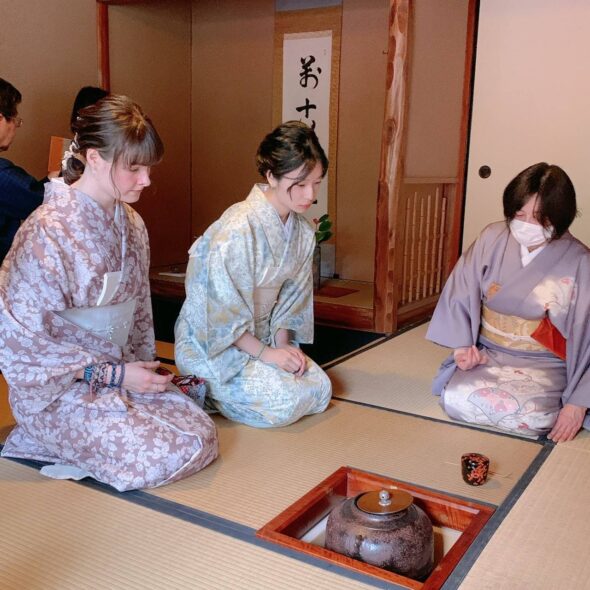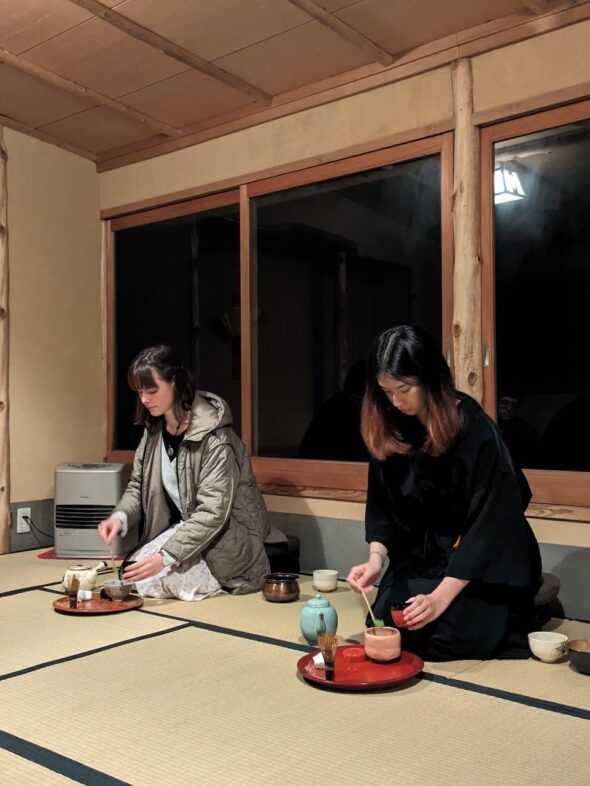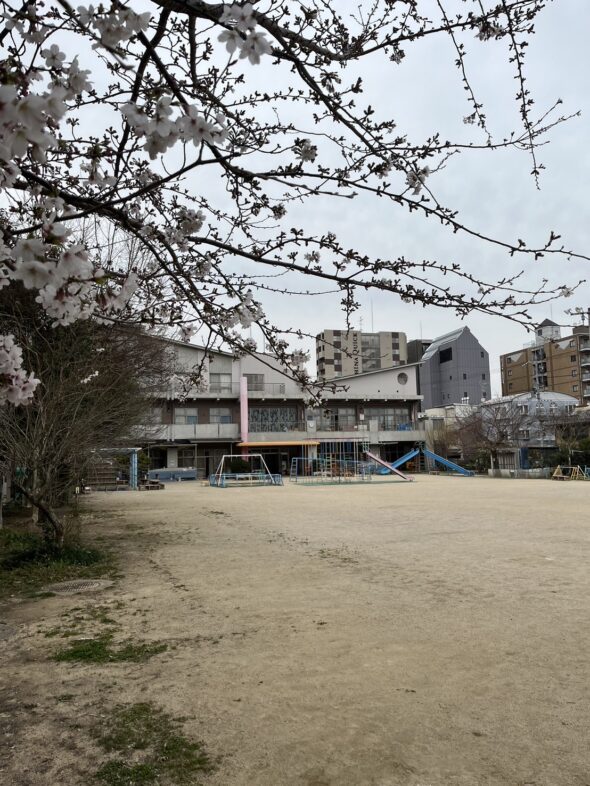 For my CIP I commuted to Mitsuba Kindergarten once a week to help out at the kindergarten for about 2 hours (from 2-4). The kindergarten is a 10 minute walk away from Doshisha’s Imadegawa campus so it was really convenient location wise. The kindergarten is not very structured and my job was basically to facilitate the kids’ play time for 2 hours. I usually spent my time doing puzzles with them, or drawing with them—essentially anything the kids wanted to do.
For my CIP I commuted to Mitsuba Kindergarten once a week to help out at the kindergarten for about 2 hours (from 2-4). The kindergarten is a 10 minute walk away from Doshisha’s Imadegawa campus so it was really convenient location wise. The kindergarten is not very structured and my job was basically to facilitate the kids’ play time for 2 hours. I usually spent my time doing puzzles with them, or drawing with them—essentially anything the kids wanted to do.
It’s a really tiring job but it’s plenty of fun if you like kids. The 3 year olds were more shy so I was mostly approached by the 5 year olds to play. I’d recommend this CIP if you enjoy spending time with kids! It’s definitely rewarding but a very draining experience. I don’t think I learned much Japanese from this CIP but I made a few enduring memories with some of the kids that I’ll treasure. They’re very friendly children and I was expecting to have to try very hard to connect with them but they actually approach you! It was gratifying watching some kids open themselves up to me over the course of my visits.
My advice would be to think carefully about what you want to get out of your CIP before you make a decision! I did enjoy spending time at the kindergarten but I wouldn’t recommend it for everyone. I didn’t learn a whole lot about Japanese culture or language from the CIP but I learned how kids minds’ work and how best to mediate their conflicts. I think you could transfer these skills to work at any kindergarten or institution with younger children.

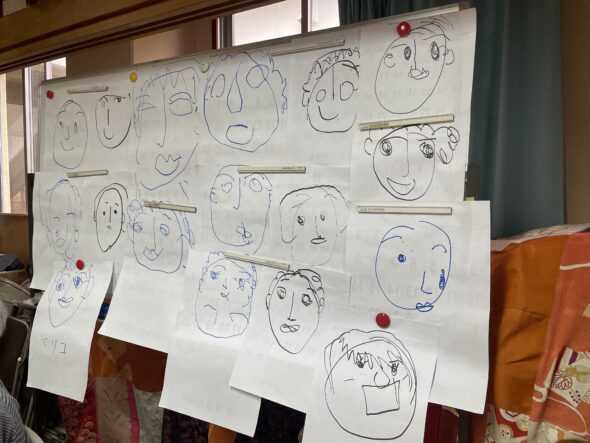
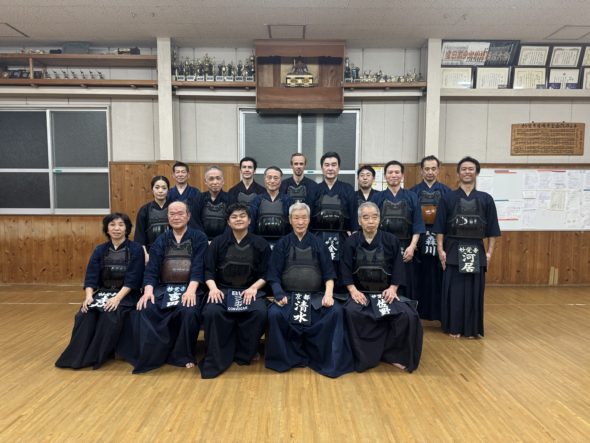
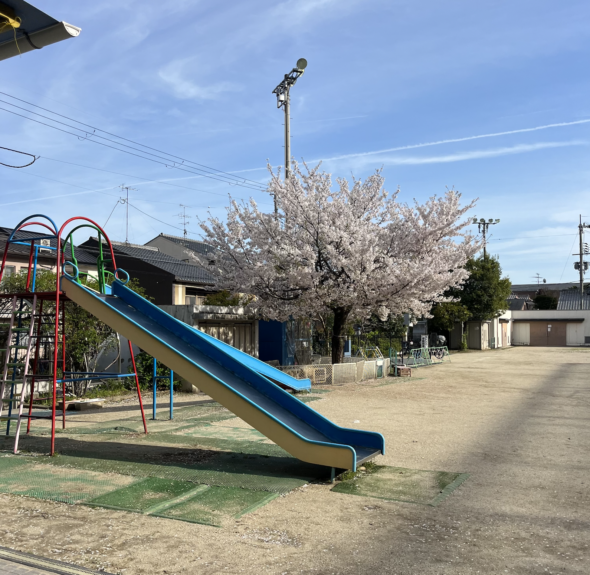

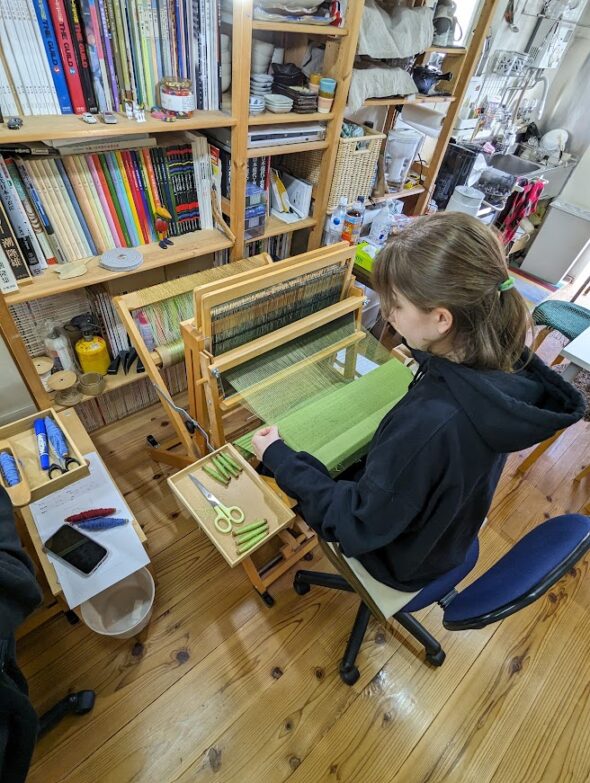
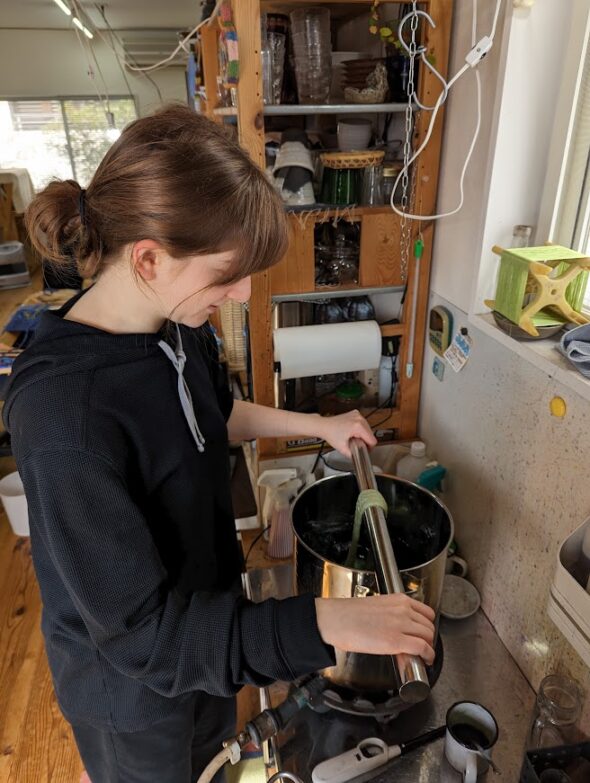
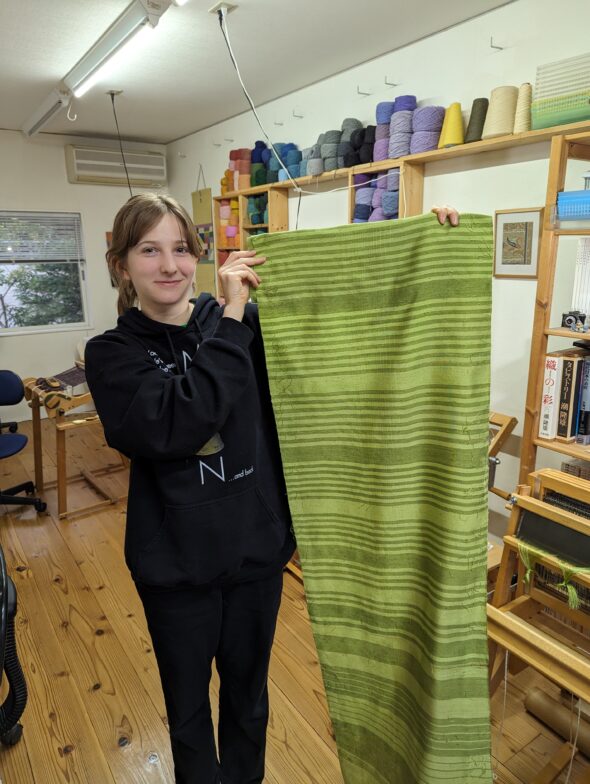 For CIP I took weaving lessons with 河崎先生 and ゆり様. I learned to weave on the loom, develop my ideas into physical form, dye threads, etc. – creating 6 projects this semester (3 scarfs, two mats, and a wall piece). Having this time with 河崎先生 and ゆり様 has left me with much more than a new skill set – I have gained confidence in unfamiliar territory and have grown in my ability to enjoy the present. When I look back on this time and at the pieces I made I will be thinking of the laughs shared and enjoyment in problem solving that I experienced with 河崎先生 and ゆり様.
For CIP I took weaving lessons with 河崎先生 and ゆり様. I learned to weave on the loom, develop my ideas into physical form, dye threads, etc. – creating 6 projects this semester (3 scarfs, two mats, and a wall piece). Having this time with 河崎先生 and ゆり様 has left me with much more than a new skill set – I have gained confidence in unfamiliar territory and have grown in my ability to enjoy the present. When I look back on this time and at the pieces I made I will be thinking of the laughs shared and enjoyment in problem solving that I experienced with 河崎先生 and ゆり様. 